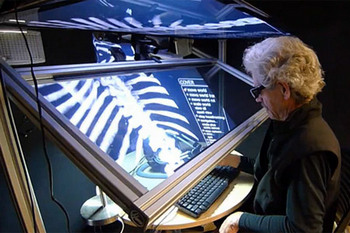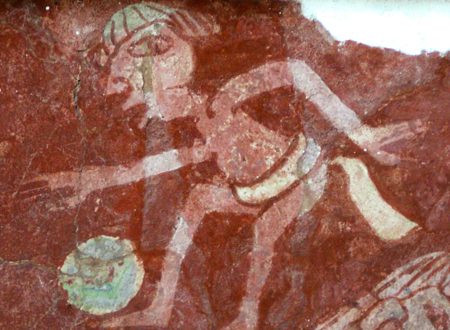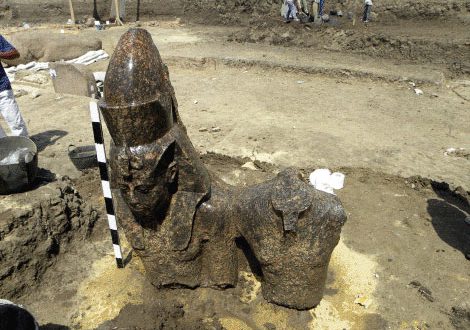Sex involving ‘penetration’ is part of life for at least 380 000 000 years.That’s way longer than what we suspected. Internal fertilization was common with prehistoric fishes that lived at old tropical coral reefs during the Devonian, writes Nature, in a article that casts a new light on the history of sex with vertebrate animals, and thus also us humans.
 The new discovery is that these ancient placoderms had developed this advanced form of mating well before the sharks. The prove that the fished did have internal fertilisation, was provided by the male fish fosiles.Those had an extra piece of bone at the height of the pelvis.
The new discovery is that these ancient placoderms had developed this advanced form of mating well before the sharks. The prove that the fished did have internal fertilisation, was provided by the male fish fosiles.Those had an extra piece of bone at the height of the pelvis.
The new discovery of embryos in placoderm fishes belonging to the arthrodire group was a complete surprise to me,” Dr Long said. We werent expecting them, as these fish had showed no visible signs of sexual dimorphism where males and females have differing external body forms. Then we started looking closely at the rear paired fins on the fish Incisoscutum and found new structures not previously seen by other scientists. These features turned out to be same the structures they used for copulation.
The pelvic fins in fishes eventually evolved into the legs of modern land animals. They share a similar bone pattern in advanced fossil fishes to that of all animals (femur, tibia, fibula). In ancient placoderms the structure is much more primitive. The new find shows that the pelvic fins in these placoderms bore a long extra lobe, probably used for transferring sperm from the males to the females.
Further clues came from re-examination of other placoderm fishes from the Mount Howitt site in central Victoria. One fish, Austrophyllolepis, showed peculiar, long structures attached to the pelvic fin, which the research team couldnt explain previously. The evidence for the embryos then made sense.
These fish had pelvic fins built on the same pattern as those in modern sharks. All modern sharks have internal fertilisation, with males inserting parts of the pelvic fin called claspers inside the females for reproducing.
The Museum Victoria has a video illustration this process, bet you’ll click it? 😉



